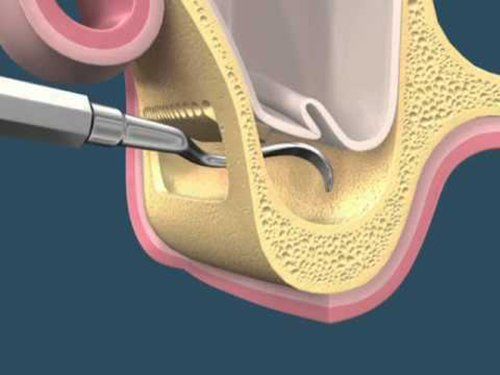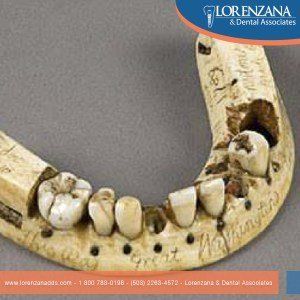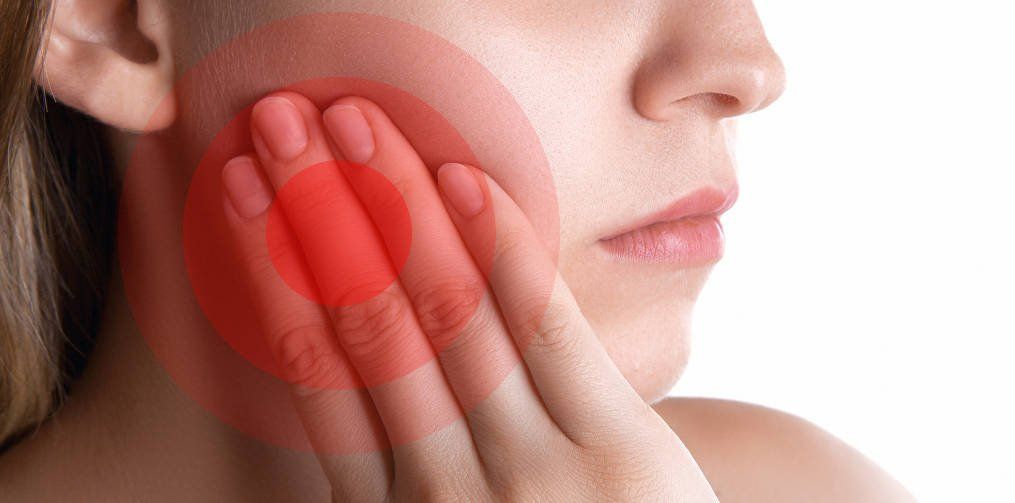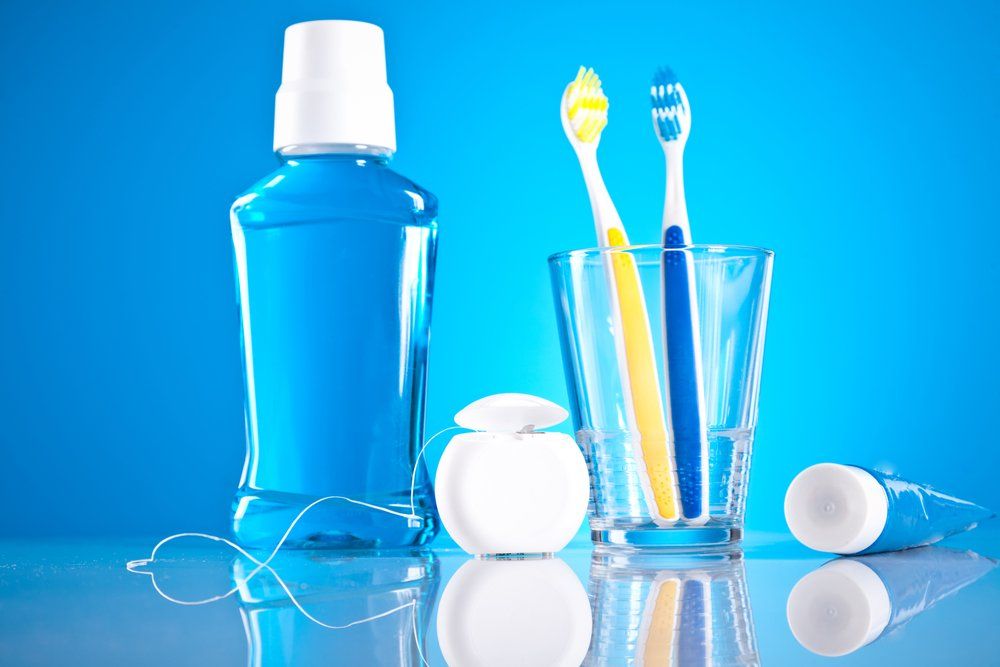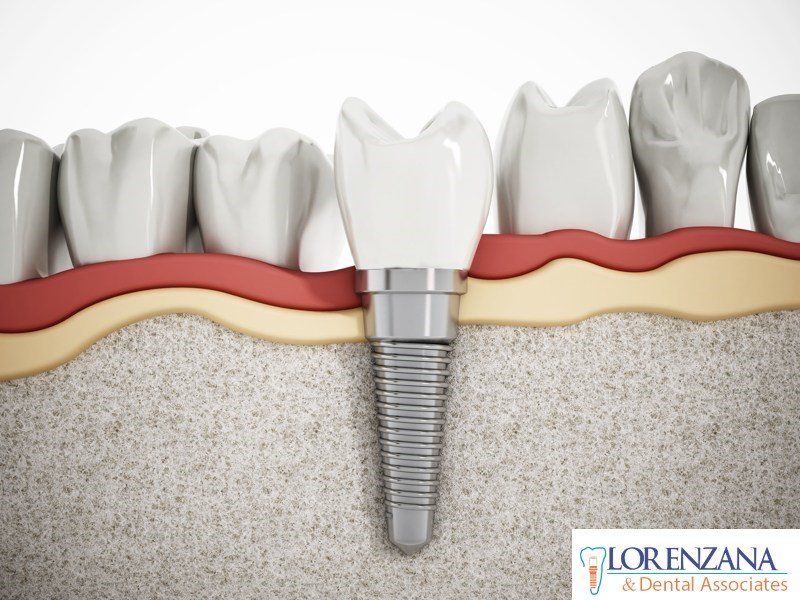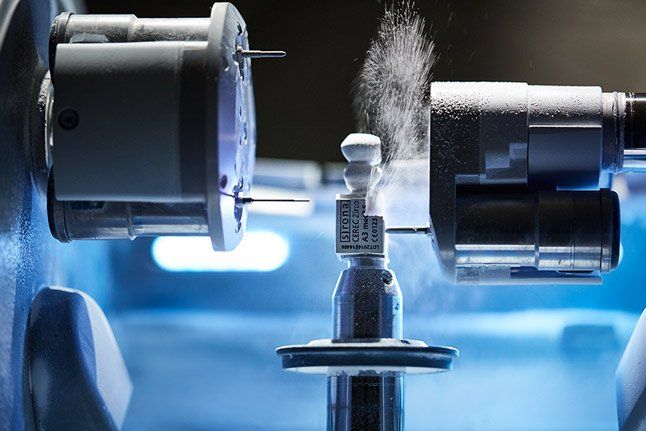Dental tourism could save you big money
We all know it’s important to take care of our teeth, but we’re also familiar with the costs involved.
For Americans willing to hop on a plane, visiting a dentist in another country could save travelers over 70 percent on dental procedures such as crowns and root canals, according to data from medical publisher Patients Beyond Borders.
Some 130 million Americans live without dental insurance, according a 2012 report to Congress called Dental Crisis in America from Sen. Bernie Sanders (I-Vt.). Because even the insured face out-of-pocket costs, it might make financial sense to fly to your next dental appointment.
You Won’t Be Alone
"We estimate that in 2012, 400,000 Americans crossed international borders for dental care. For 2013, we project a growth rate of approximately 20 percent," says Josef Woodman, CEO of Patients Beyond Borders.
Emily Ross of Whatclinic.com, a global healthcare professional search provider for medical tourism patients, says that the most-searched-for destinations for Americans seeking dental care are Mexico, the U.K., the Philippines, Costa Rica, and India. Dental implants, crowns, and dentures are the most popular searches.
While procedures abroad may be cheaper, there are a number of things you'll want to consider before traveling internationally for dental care.
Dr. Maria Lopez Howell, consumer advisor for the American Dental Association, says, “If something goes wrong, what is the recourse? Is there a ministry of health? Is there a forum for complaints in the country that you’re going to visit? You really have to do your research.”
Yet, Dr. Howell says it’s important to remember that there are good dentists everywhere. “We all have colleagues across this planet who are very capable and knowledgeable experts in their fields. No dentist [in any] country is perfect.”
It’s understandable to be a little worried about visiting a dentist in another country. Before I quit my job on Wall Street and started traveling, I was a little worried myself.
My last visit to a dentist outside of the U.S. was in the lakeside town of Ohrid, Macedonia (FYROM). I knew that I needed a crown, and I had heard that people often find inexpensive dental care in Eastern Europe, so when I saw a brochure, I did some research. Though the office was not registered with common dental tourism search engines, it did have some online presence. Next, I gave Dr. Gabriela Kalanoska a call. On the phone we discussed the procedure I needed and the price, and I made sure I was comfortable having her work on my teeth. After examining my teeth and discussing my treatment options, she replaced a crown that had cost me thousands of dollars in the U.S. The cost: about $130, including x-rays. I was so happy with the results that I had her replace another crown later that week.
In this case, I had good results through the same methods I might use to find a dentist in the U.S., but experts on both sides of the dental tourism debate recommend more stringent preparation.
Finding the Right Dentist
To find the best dentist for you, begin your search online. For most destinations, a quick Google search will bring up a number of dentistry sites and dental tourism search engines. Websites such as WhatClinic.com provide client reviews of dentists. Listings at PatientsBeyondBorders.com only admit clinics that have passed a stringent vetting process, including U.S. board certification and patient referrals.
“If you want to ensure the best possible medical travel journey, check your doctor for U.S. board certification,” says Woodman.
If you can get recommendations from locals you trust, you may be able to find an excellent dentist for even less than the dental tourism crowd. In Colombia, someone recommended a dentist who charged me around 30 percent less than the already low rates advertised on dental tourism sites. I have received excellent care using this method, but keep in mind: dentists who cater to locals may not be members of U.S. health organizations, or have reviews on the Internet that will help you make a more informed decision.
Source http://www.foxnews.com/travel/2013/11/01/saving-big-with-dental-tourism/
El turismo dental podría ayudarle a ahorrar dinero
We all know it’s important to take care of our teeth, but we’re also familiar with the costs involved.
Todos sabemos que es importante cuidar de nuestros dientes, pero también estamos familiarizados con los costos involucrados.
Para los estadounidenses dispuestos a subirse a un avión, visitar a un dentista en otro país podría ahorrar los viajeros de más de 70 por ciento sobre los procedimientos dentales, tales como coronas y tratamientos de conducto, según los datos del editor médica Pacientes sin fronteras.
Unos 130 millones de estadounidenses viven sin seguro dental, según un informe de 2012 al Congreso llama crisis dental en América del senador Bernie Sanders (I-Vt.). Porque incluso la cara asegurado fuera de su propio bolsillo los costos, podría tener sentido financiero para volar a su próximo cita con el dentista.
Usted no estará solo
"Estimamos que en 2012, 400.000 estadounidenses cruzaron las fronteras internacionales para el cuidado dental. Para 2013, proyectamos un crecimiento de aproximadamente el 20 por ciento", dice Josef Woodman, director general de Pacientes sin fronteras.
Emily Ross de Whatclinic.com, un proveedor de búsqueda profesional de la salud global para los pacientes de turismo médico, dice que buscó-más-para los destinos para los estadounidenses que buscan atención dental son México, el Reino Unido, Filipinas, Costa Rica y la India. Los implantes dentales, coronas y dentaduras postizas son las búsquedas más populares.
Si bien los procedimientos en el extranjero puede ser más barato, hay un número de cosas que usted querrá tener en cuenta antes de viajar a nivel internacional para el cuidado dental.
Dr. María López Howell, asesor del consumidor de la Asociación Dental Americana, dice: "Si algo sale mal, ¿cuál es el recurso? ¿Hay un ministerio de salud? ¿Existe un foro de quejas en el país que vas a visitar? Usted realmente tiene que hacer su investigación. "
Sin embargo, el Dr. Howell dice que es importante recordar que hay buenos dentistas de todo el mundo. "Todos tenemos colegas de todo el planeta que son expertos muy capaces y con conocimientos en sus respectivos campos. No dentista [en cualquier] país es perfecto ".
Es comprensible que ser un poco preocupado por visitar a un dentista en otro país. Antes de que yo renuncié a mi trabajo en Wall Street y empecé a viajar, yo estaba un poco preocupado de mí mismo.
Mi última visita a un dentista fuera de los EE.UU. estaba en la ciudad junto al lago de Ohrid, Macedonia (ARYM). Sabía que necesitaba una corona, y que había oído que la gente a menudo se encuentran la atención dental de bajo costo en Europa del Este, así que cuando vi un folleto, que hice un poco de investigación. Aunque la oficina no se ha registrado en los motores de búsqueda del turismo dentales comunes, que tenía cierta presencia en línea. A continuación, le di el Dr. Gabriela Kalanoska una llamada. En el teléfono que discutimos el procedimiento que necesitaba y el precio, y me aseguré de que estaba cómodo con su trabajo en mis dientes. Después de examinar los dientes y discutir las opciones de tratamiento, que reemplazó una corona que me había costado miles de dólares en los EE.UU. El costo: alrededor de $ 130, incluyendo radiografías. Yo estaba tan feliz con los resultados que he tenido la reemplace otra corona más tarde esa semana.
En este caso, he tenido buenos resultados a través de los mismos métodos que podría utilizar para encontrar un dentista en los EE.UU., pero los expertos de ambos lados del debate turismo dental recomiendo preparación más rigurosa.
Encontrar el dentista Derecho
Para encontrar el mejor dentista para usted, comenzar su búsqueda en línea. Para la mayoría de los destinos, una rápida búsqueda en Google, aparecerá un número de sitios de odontología y motores de búsqueda el turismo dental. Sitios web como WhatClinic.com ofrecen opiniones de los clientes de los dentistas. Listados en PatientsBeyondBorders.com sólo admiten las clínicas que han pasado un proceso de selección riguroso, incluyendo la certificación del consejo de Estados Unidos y las referencias de pacientes.
"Si usted quiere asegurarse el mejor viaje posible médico de viaje, revise su médico para obtener la certificación del consejo de Estados Unidos", dice Woodman.
Si usted puede obtener recomendaciones de los locales de su confianza, usted puede ser capaz de encontrar un excelente dentista para incluso menos que la multitud turismo dental. En Colombia, alguien recomienda un dentista que me cobró alrededor de 30 por ciento menos que las tarifas bajas ya se anuncian en sitios de turismo dental. He recibido una excelente atención con este método, pero tenga en cuenta: los dentistas que atienden a los lugareños no pueden ser miembros de las organizaciones de salud de Estados Unidos, o ha recibido comentarios en Internet que le ayudarán a tomar una decisión más informada.
Source http://www.foxnews.com/travel/2013/11/01/saving-big-with-dental-tourism/
